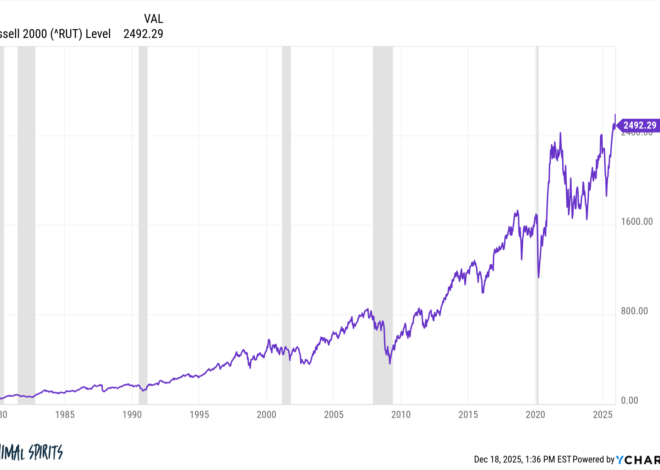
Australia vs France: Lessons in Debt, Taxes, and Retirement – Guidance Financial Services
I recently spent some time working remotely from France. It’s a wonderful place to visit, with so much history and culture. But like everywhere, it has its problems. Gaining an understanding of the challenges faced by one of the largest countries in Europe gave me a new appreciation for the position we found ourselves in here in Australia. Reading our newspapers, it’s easy to arrive at the view that our leaders are constantly dropping the ball, making terrible decisions, and making a bad situation worse. But whilst there’s always room to get better, actually, on several metrics, I learned that we are very well placed.
France, like most European countries, has a very robust social safety net. Healthcare, education, pensions, and Social Security benefits, are to a high standard, and citizens expect that they remain that way. But these services have to be paid for. Raising enough taxes to cover all the government expenditure is challenging. Currently in France, spending is 5% more then income. In economic jargon terms, the French nation is running a budget deficit.
Australia is projected to run a deficit this year, but it is closer to 1%. In the past 2 financial years we have actually seen surpluses.
To fund deficits, nations must borrow. Borrowing by nations is typically expressed as a percentage of a nation’s GDP. GDP, or gross domestic product, is the total output of the nation. By measuring debt as a percentage of GDP, you can therefore make comparisons between nations. France’s debt to GDP is about 118%. Their debt therefore is significantly greater than the entire economic output of the 66million people of France in a year. Here in Australia we are at around 33% debt to GDP.
Comparatively then, France is running a deficit 5 times greater than Australia, meaning its debt is rising faster than ours, and it already has a large amount of debt. This means a high level of interest expense. This situation is replicated throughout Europe, the UK, and to some extent the United States too.
Citizens want to retain the high level of government services, so it’s difficult to get expenses down, and as the debt grows, the interest bill keeps rising. This means tax revenue needs to increase. Primarily, taxes are paid by citizens, either as income tax or as some sort of consumption tax along the lines of our GST. The problem in Europe is that citizens are already paying very high levels of tax. There’s really not much more juice to squeeze here.
This flows on to the next problem, faced by many nations around the world – a shrinking working population. Most taxpayers are in the 20 to 60 year age bracket, employed and earning an income. But due to low birth rates, and discomfort around immigration, this cohort is shrinking.
Then you have the retired citizens who are living longer and longer, and therefore making up a greater proportion of the total population. In European countries, the working population needs to support the retirees, as taxes paid are used to fund age pensions.
Australia has worked this way too in the past, but today we are incredibly fortunate to have our superannuation system which provides a break from this conundrum. Requiring the current generation to fund the previous generations retirement has significant problems. The first, as just highlighted, is what happens when the previous generation is larger than the current generation? The current generation has a heavy load on their shoulders to fund the retirement of their parents and grandparents. Via our superannuation system, we’re funding our own retirements, preventing a burden being placed on our children and grandchildren. Now that’s not to say we’ve got it perfect, and there are live debates happening right now as to whether the tax concessions on our superannuation system are too generous. Indeed it will soon be the case that the tax concessions provided in superannuation exceed the amount we are spending on age pensions, which is a bit perverse. But no doubt tweaks and changes will be made to the system to ensure it is sustainable. The key point remains, we’re not kicking the can down the road, we are providing for ourselves whilst working.
The other advantage of our superannuation system is that most retirees can enjoy quite a comfortable retirement. This means they can afford to go out for dinner occasionally, travel around in their caravan, and enjoy life. As they spend, jobs are created, and economic opportunity flows to those still in the workforce. In contrast, as European nations battle with an unaffordable system, the need to restrain age pension increases becomes greater and greater. Increasingly, retirees need to tighten their belt, creating fewer jobs for subsequent generations.
This can already be seen in the relative unemployment rates. At present France’s unemployment rate is about 7.5%, with youth unemployment at around 18%. In contrast Australia’s unemployment rate is about 4.2%, and youth unemployment at around 8.5%.
If citizens are unemployed, not only are their lives less satisfying, but they’re not contributing to the tax revenues of the nation, and therefore not helping to fund the social services that governments provide.
We travel to broaden our mind, and become aware of biases or assumptions in our thinking that we don’t recognise until placed in a different context. My learning was, Europe is a great place to visit, but I’m very lucky to live here in Australia.







